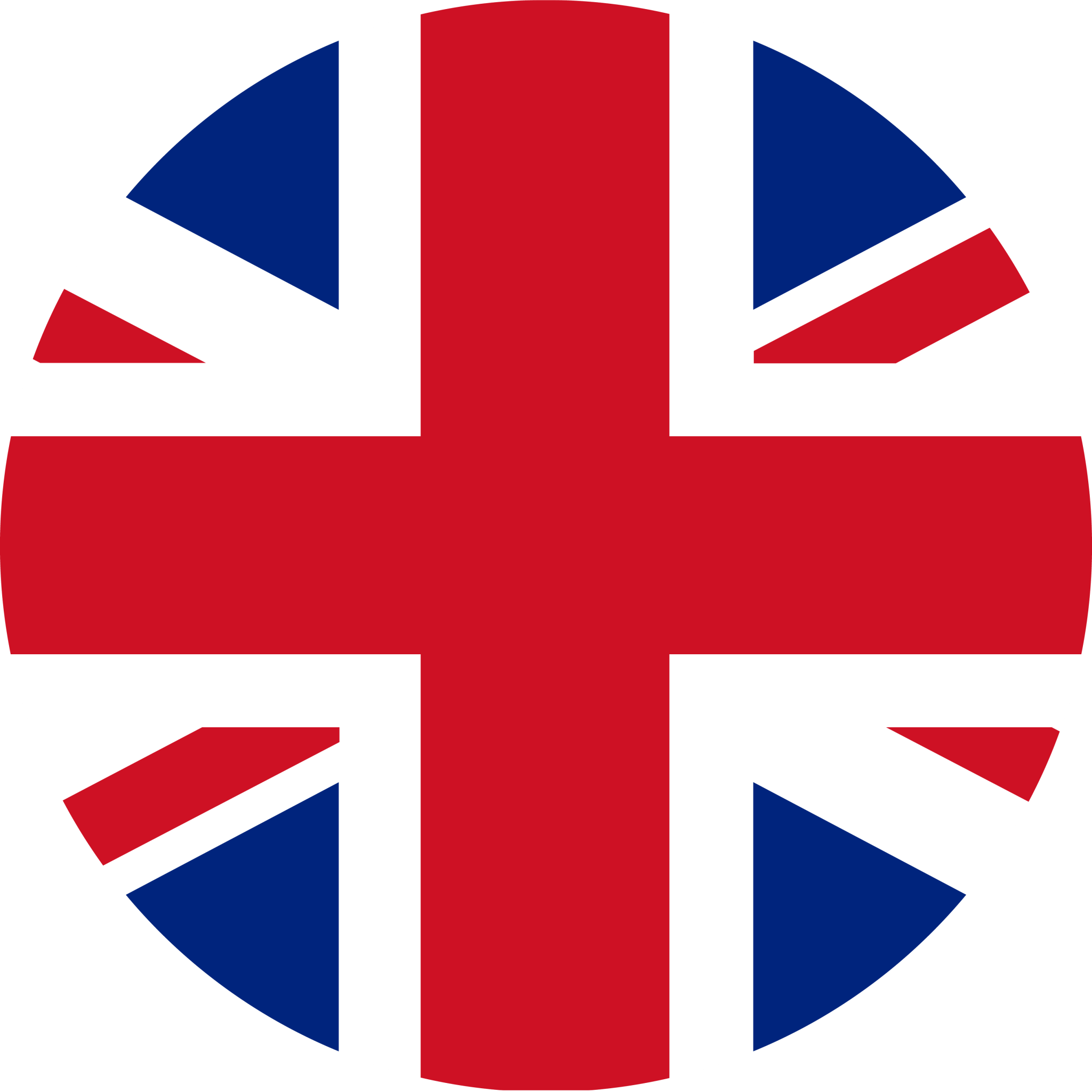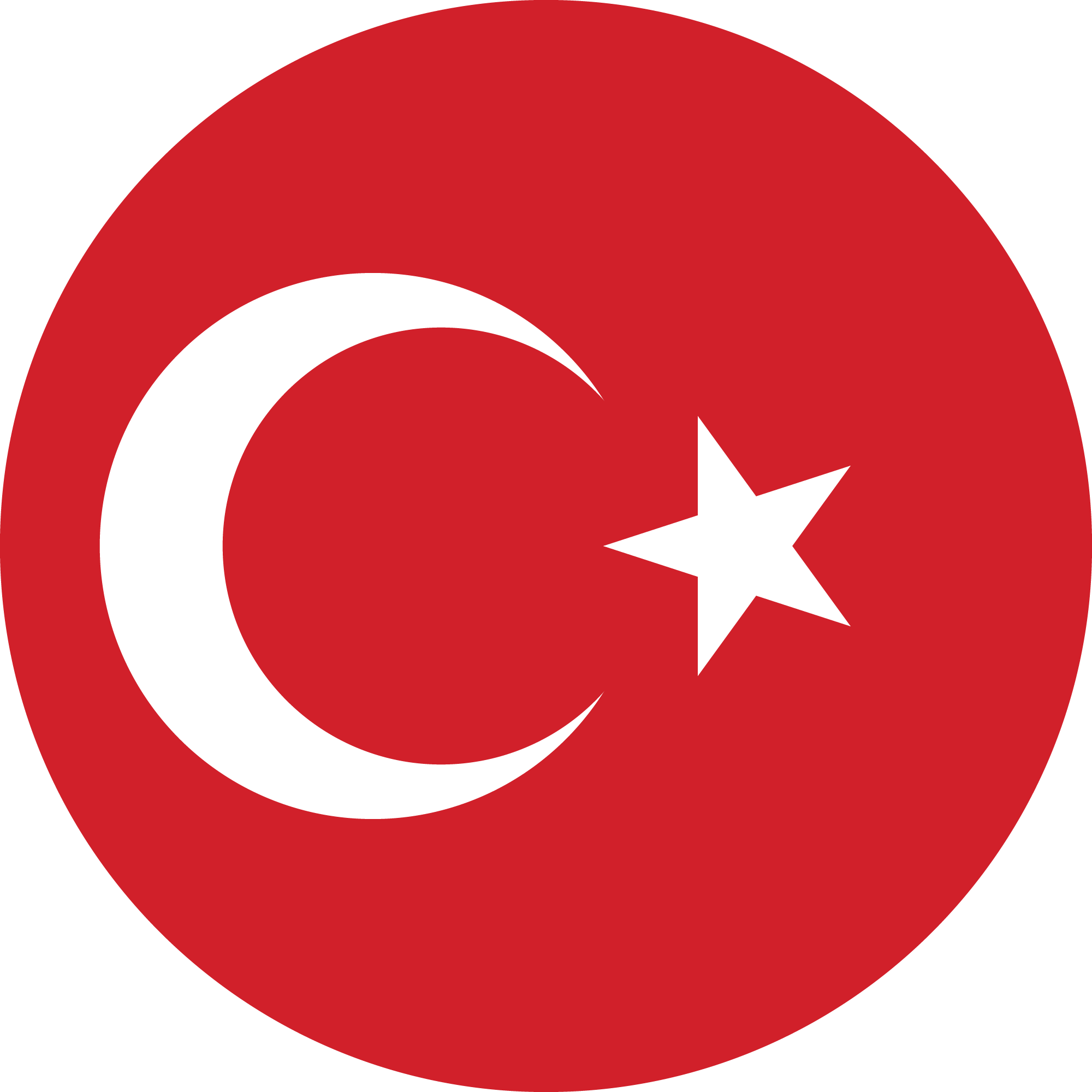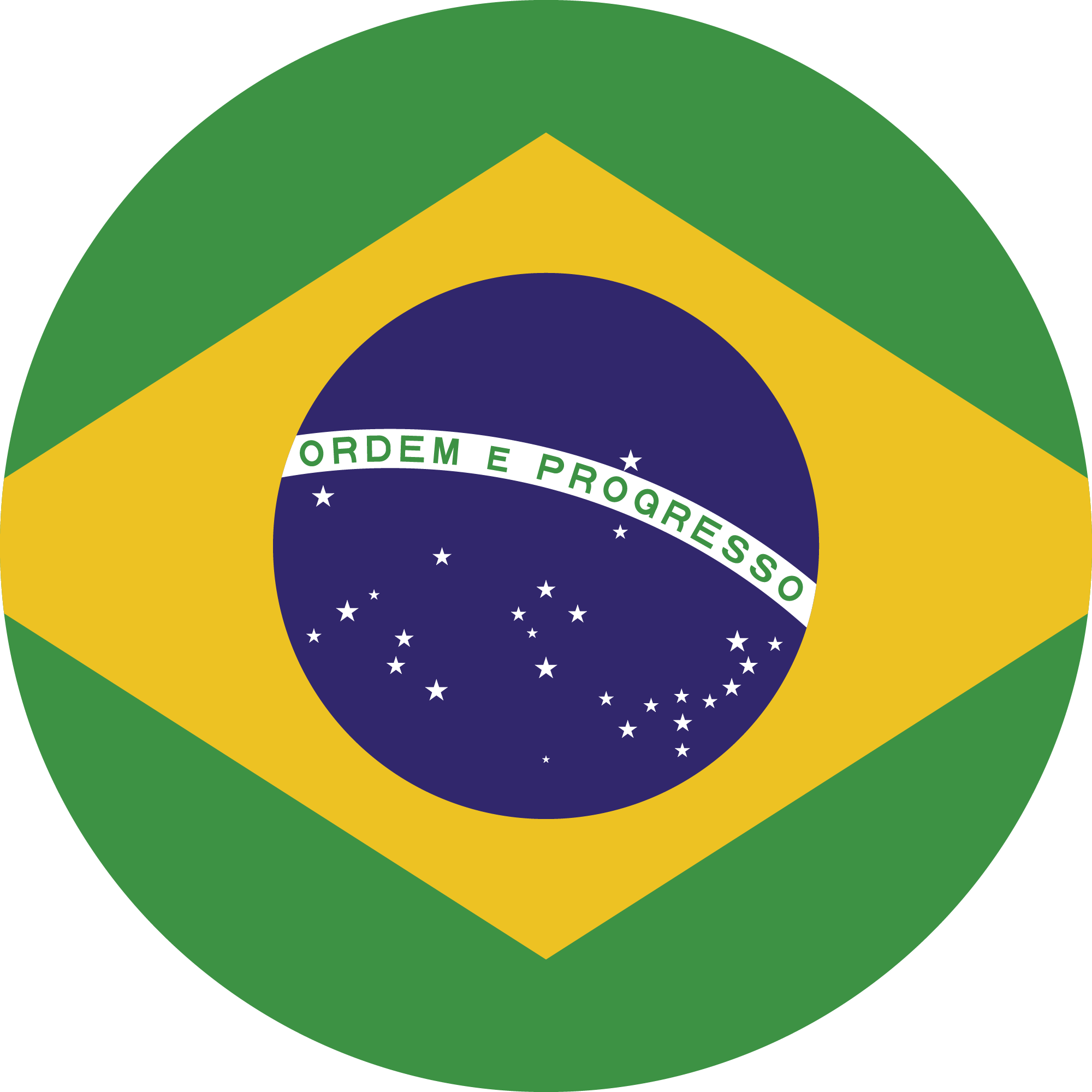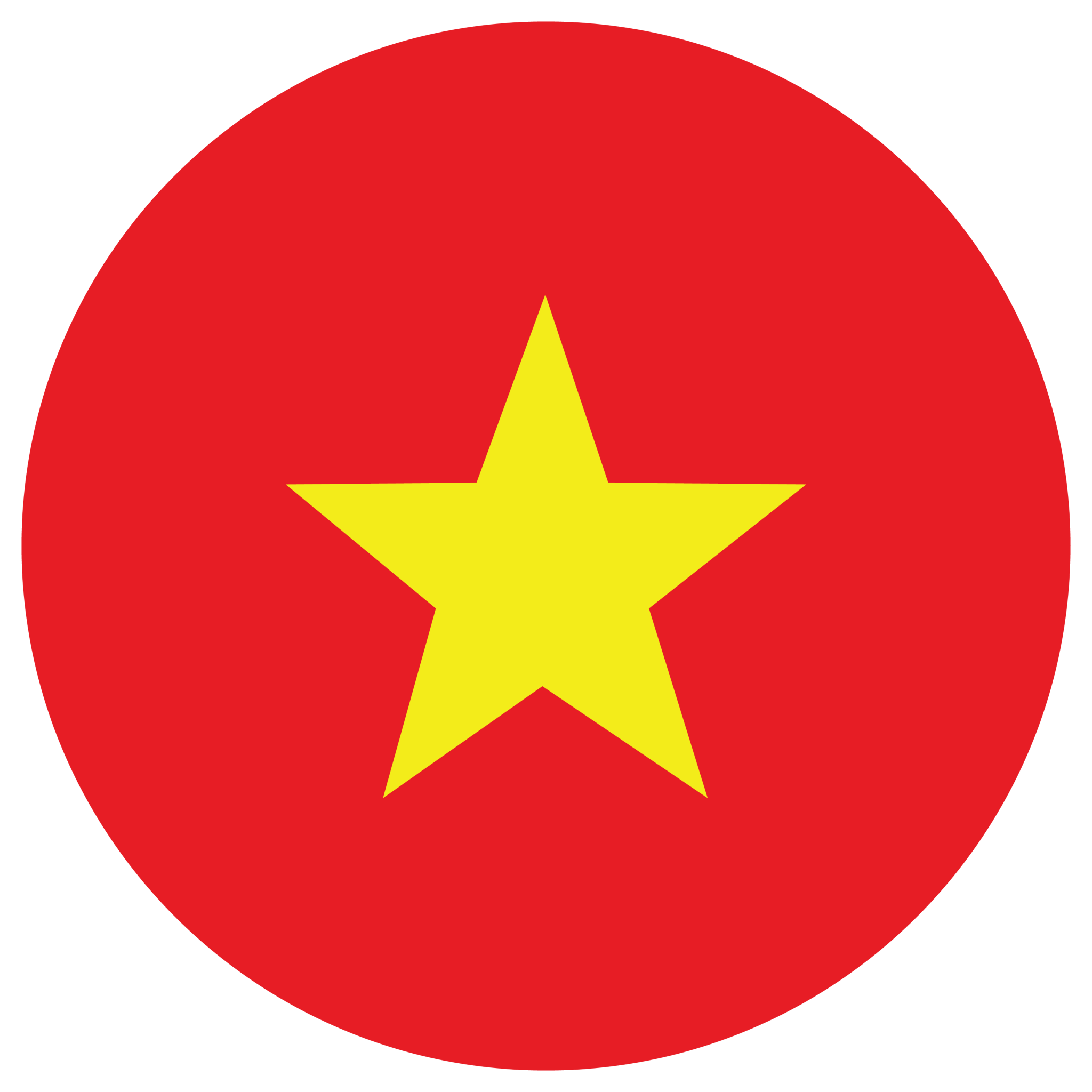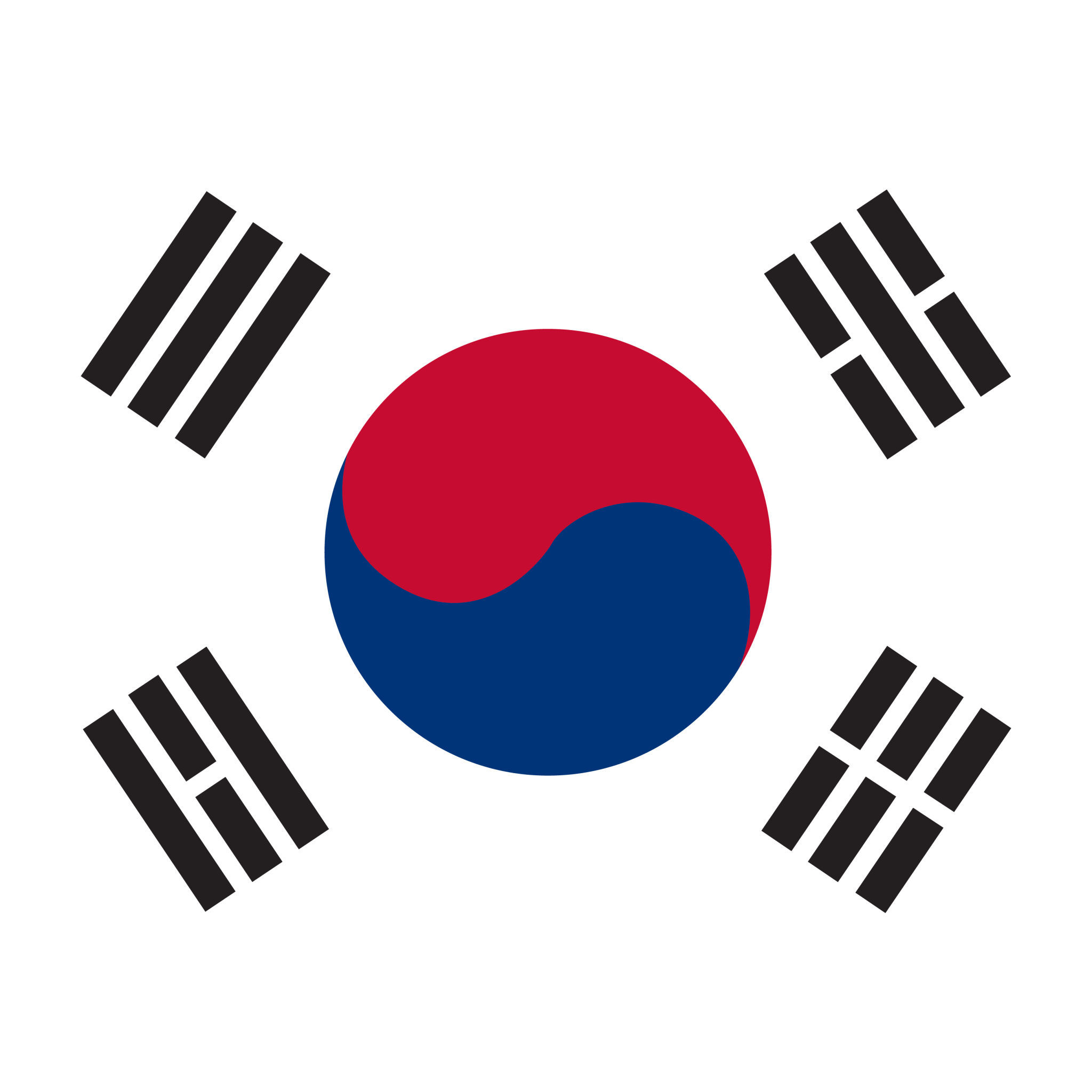When you picture Thanksgiving, what comes to mind? Is it a table overflowing with turkey, cranberries, and pumpkin pie, the sound of a football game in the background, or simply the warmth of family and friends gathered together? Thanksgiving is one of North America’s most cherished annual holidays, a day formally dedicated to celebrating the harvest and giving thanks for the blessings of the past year. But beyond the modern feasts and parades, this tradition has a rich and complex history, rooted in a legendary 1621 harvest feast shared by the English colonists, known as Pilgrims, and the Wampanoag people. In this post, we’ll explore the fascinating origins, deep-rooted symbolism, and enduring traditions that make Thanksgiving Day a cornerstone of the holiday season.
Learn English with EnglishCentral
Building your vocabulary is key to mastering a language, and learning new and generational words along with common words can make a big difference in how fluently and expressively you speak. EnglishCentral gives you the perfect tools and environment to expand your vocabulary, practice new words, and use them with confidence.
With 25-minute one-on-one lessons for all ages and levels, EnglishCentral offers personalized and effective learning. These online live sessions are led by expert English teachers who guide you step by step, helping you improve at your own pace. You can also join 40-minute group lessons, where you’ll take part in fun, interactive conversations with your teacher and classmates.
However, EnglishCentral is more than just lessons! You’ll have access to thousands of interactive videos tailored to different interests. With our Watch, Learn, Speak, and Discuss steps, you can reinforce vocabulary and plan private lessons based on your needs. Quizzes, word exercises, and our AI-powered teacher MiMi make practicing English even easier. MiMi is always available to help you navigate different scenarios, from business meetings to ordering food, so you’re prepared for real-life conversations.
After each lesson, MiMi provides personalized reports, tracking your progress and highlighting areas for improvement. This instant feedback helps you stay focused on your goals and gain the confidence to use English in everyday life.
What is Thanksgiving?
At its core, Thanksgiving Day is an annual national holiday celebrated in the United States and Canada, dedicated to celebrating the harvest and giving thanks for the blessings of the past year. While it has evolved significantly, the American holiday is modeled on a 1621 harvest feast shared between the English colonists of Plymouth (known as the Pilgrims) and the Wampanoag people.
Though the holiday’s roots are tied to specific colonial “thanksgivings” — days of prayer thanking God for blessings like a safe journey or military victory — it has since transformed. Today, it has largely moved away from its purely religious origins to become a more secular celebration, allowing immigrants and people of all backgrounds to participate in a common tradition. In modern times, Thanksgiving symbolizes intercultural peace, America’s promise of opportunity for newcomers, and, above all, the sanctity of home and family.
When is Thanksgiving?
In the United States, the holiday is celebrated annually on the fourth Thursday in November. This date was officially set by a joint resolution of Congress in 1941 and a proclamation by President Franklin D. Roosevelt in 1942.
When is Canadian Thanksgiving?
In Canada, Thanksgiving Day is celebrated on the second Monday in October, a date that has been fixed since 1957.
Much like its American counterpart, Canadian Thanksgiving also originated during the colonial period and stems from similar European traditions of holding days of prayer to give thanks for safe journeys, peace, and bountiful harvests.
Canada’s earliest recorded thanksgiving celebration actually predates the Pilgrims’ 1621 feast. In 1578, an expedition led by explorer Martin Frobisher held a ceremony in what is now Nunavut to give thanks for the safety of its fleet.
The holiday was eventually established as a national day by Parliament in 1879, though its date varied over the years before settling on the second Monday in October. Similar to the U.S. tradition, the holiday in Canada is primarily a time when family and friends gather for a meal and other celebrations.
What Food Is Eaten for Thanksgiving?
The traditional fare of the American Thanksgiving meal is famously centered around a few key dishes. The most iconic, of course, is turkey, often served with bread stuffing. This centerpiece is typically accompanied by potatoes, cranberries (or cranberry sauce), and pumpkin pie for dessert.
Interestingly, this modern menu is quite different from the meal that inspired the holiday. The 1621 harvest feast shared by the Pilgrims and the Wampanoag people featured different kinds of meat. The Wampanoag contributed venison (deer), and the colonists provided wild “fowl,” which historians believe was more likely ducks or geese rather than turkey. Their feast also likely included fish, eels, shellfish, stews, vegetables, and beer.
Thanksgiving Vocabulary
Now that we learned about the Thanksgiving background information, let’s look at some words and their meaning to get a better grasp of the information about Thanksgiving.
| Word | English Meaning |
|---|---|
| Thanksgiving | An annual holiday in the U.S. and Canada for giving thanks for the year's blessings. |
| Harvest | The process or period of gathering crops at the end of the growing season. |
| Pilgrims | The English colonists who founded the Plymouth colony and shared the first Thanksgiving. |
| Wampanoag | The Native American people who participated in the first Thanksgiving feast in 1621. |
| Feast | A large, elaborate, and celebratory meal. |
| Turkey | A large bird native to North America, which is the traditional main dish. |
| Stuffing | A mixture of bread, herbs, and vegetables used to fill the turkey (or served as a side). |
| Cranberry | A small, tart red berry, often made into a sauce served with turkey. |
| Pumpkin Pie | A traditional dessert made with a spiced pumpkin custard in a pie crust. |
| Gratitude | The quality of being thankful; a readiness to show appreciation. |
| Tradition | A custom or belief that is passed down from one generation to the next. |
| Blessings | Favorable things (like health, family, or good fortune) for which one is grateful. |
| Parade | A public celebration, like the Macy's Thanksgiving Day Parade, featuring floats and performers. |
| Colonist | A settler in or inhabitant of a colony. |
| Venison | Meat from a deer, which was served at the 1621 feast. |
| Fowl | Birds, especially wild birds like ducks or geese, that are hunted for food. |
Many families travel long distances to be together on Thanksgiving Day.
The celebration was originally tied to giving thanks for a successful harvest.
The Pilgrims who arrived at Plymouth colony are a central part of the holiday’s origin story.
The Wampanoag people shared their food and knowledge with the newly arrived colonists.
It took two days to prepare all the food for the holiday feast.
The host carved the roasted turkey while everyone watched.
My favorite side dish is the savory stuffing made with bread and herbs.
The tartness of the cranberry sauce cuts through the richness of the turkey.
The meal isn’t complete until everyone has a slice of pumpkin pie with whipped cream.
The holiday is a wonderful reminder to express gratitude for the good things in our lives.
Watching the parade in the morning is a cherished family tradition.
We went around the table, each person sharing their blessings from the past year.
The Macy’s Thanksgiving Day Parade is famous for its giant balloons.
The 1621 meal was shared by the English colonists and the Wampanoag people.
The original feast likely included venison (deer meat) brought by the Wampanoag.
The Pilgrims hunted for wild fowl, such as ducks or geese, for their celebration.
Frequently Asked Questions About Thanksgiving
Now let’s look at some questions about Thanksgiving.
Why is American Thanksgiving in November?
Because it commemorates a harvest celebration in late 1621, and President Lincoln set the holiday in November in 1863.
Who added turkey to Thanksgiving?
Turkey became popular thanks to early American traditions and writers like Sarah Josepha Hale, who promoted the turkey-centered meal in the 1800s.
What is the symbol of turkey on Thanksgiving?
The turkey symbolizes abundance, harvest, and gratitude.
What is Thanksgiving without turkey?
Many people enjoy alternatives like ham, chicken, vegetarian roasts, or cultural dishes—it’s still a day about gratitude and togetherness.
Would you like to put what you have learned into practice? You can access everything you need to learn English on a single platform! With 25-minute one-on-one live English lessons, 40-minute group lessons, more than 30,000 interactive videos, vocabulary learning tools, AI-supported tutor MiMi, quizzes, and interactive activities, EnglishCentral offers its users a personalized and quality education plan at an affordable price. How about registering for EnglishCentral now and starting to learn English?
